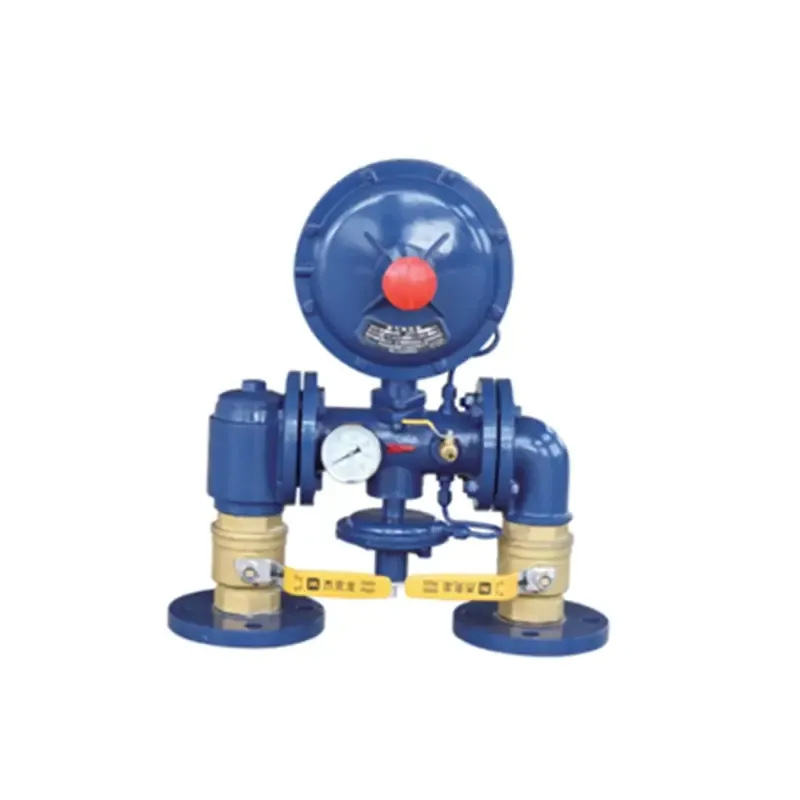
Aug . 22, 2024 01:23
Back to list
Pressure Relief Solutions for Enhanced Comfort and Safety in Your Home
Understanding Pressure Relief Valves A Critical Component in Modern Engineering
In various industrial applications, managing pressure within systems is crucial for ensuring safety and efficiency. One of the key components used to maintain optimal pressure is the pressure relief valve (PRV), also known as a pressure-reducing valve. This article delves into the importance, functionality, and applications of pressure relief valves, highlighting their significance in preventing potential hazards and optimizing operational performance.
What are Pressure Relief Valves?
Pressure relief valves are safety devices designed to control or limit the pressure in a system. They are crucial for protecting equipment, pipelines, and entire facilities from excessive pressure that could lead to failure or catastrophic events. PRVs automatically release pressure when it exceeds a predetermined threshold, returning the system to a safe operating level. This preventive measure is vital in safeguarding both human lives and physical assets.
How Do They Work?
At its core, a pressure relief valve operates based on the principle of balance between the inlet pressure and the force exerted on the valve seat by a spring. When the system pressure rises above the set point, the force on the valve seat becomes insufficient to keep it closed, allowing the valve to open and vent excess pressure. The design of PRVs allows for quick response times, ensuring that pressure surges are quickly managed.
.
Applications of Pressure Relief Valves
مزلقة تخفيض الضغط

Pressure relief valves are used across various industries, including chemicals, oil and gas, pharmaceuticals, and water treatment. In chemical manufacturing, for instance, the reaction processes can generate unpredictable pressure levels. PRVs help ensure that any excess pressure is safely released, preventing leaks, explosions, or equipment damage.
In the oil and gas industry, where pipelines transport highly pressurized fluids, PRVs are essential for protecting infrastructure and preventing disastrous spills. Similarly, in the water treatment sector, PRVs help maintain pressure in water distribution systems, ensuring a reliable supply while preventing pipeline bursts.
Benefits of Using Pressure Relief Valves
The use of pressure relief valves brings numerous benefits to industries. Firstly, they enhance safety by reducing the risk of equipment failure and accidents caused by overpressure. This not only protects workers but also meets regulatory compliance requirements. Secondly, PRVs contribute to the overall efficiency of systems by maintaining consistent pressure levels, which can improve the performance and lifespan of equipment.
Investing in high-quality pressure relief valves can lead to significant cost savings in the long run. By preventing costly downtime and repair needs due to overpressure incidents, businesses can maintain productivity and ensure smooth operations.
Conclusion
In conclusion, pressure relief valves play an indispensable role in modern engineering and industrial applications. Their ability to regulate pressure effectively not only enhances safety but also ensures operational efficiency. As industries continue to evolve, the technology and design of PRVs will advance, further solidifying their place as critical components in safeguarding systems against the dangers of overpressure. Understanding and implementing these devices is essential for any organization aiming to prioritize safety and efficiency in their operations.
Latest news
-
Safety Valve Spring-Loaded Design Overpressure ProtectionNewsJul.25,2025
-
Precision Voltage Regulator AC5 Accuracy Grade PerformanceNewsJul.25,2025
-
Natural Gas Pressure Regulating Skid Industrial Pipeline ApplicationsNewsJul.25,2025
-
Natural Gas Filter Stainless Steel Mesh Element DesignNewsJul.25,2025
-
Gas Pressure Regulator Valve Direct-Acting Spring-Loaded DesignNewsJul.25,2025
-
Decompression Equipment Multi-Stage Heat Exchange System DesignNewsJul.25,2025

